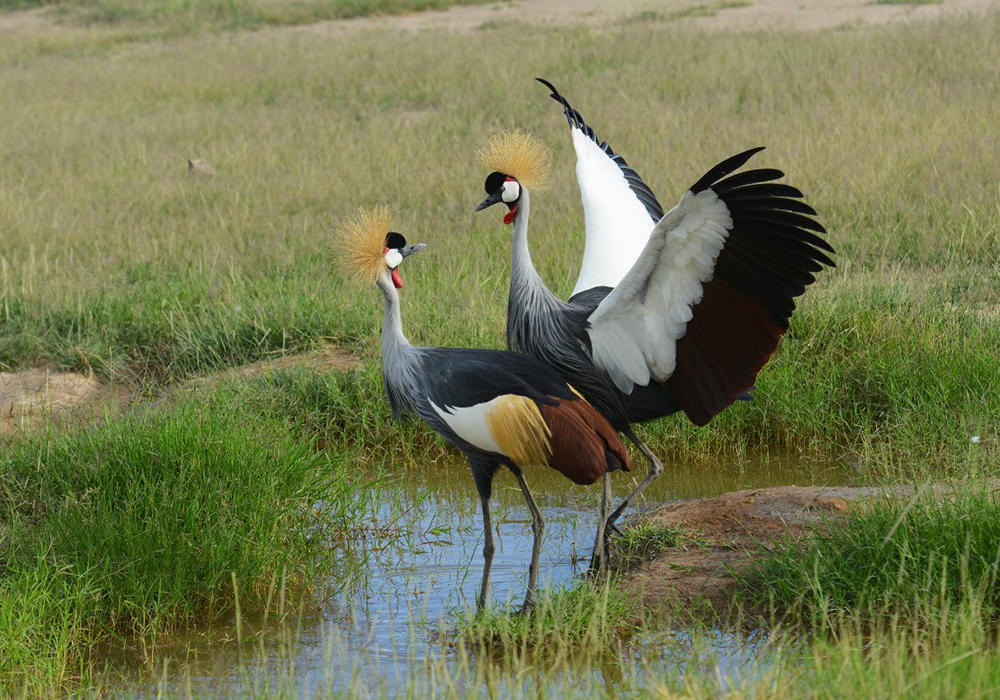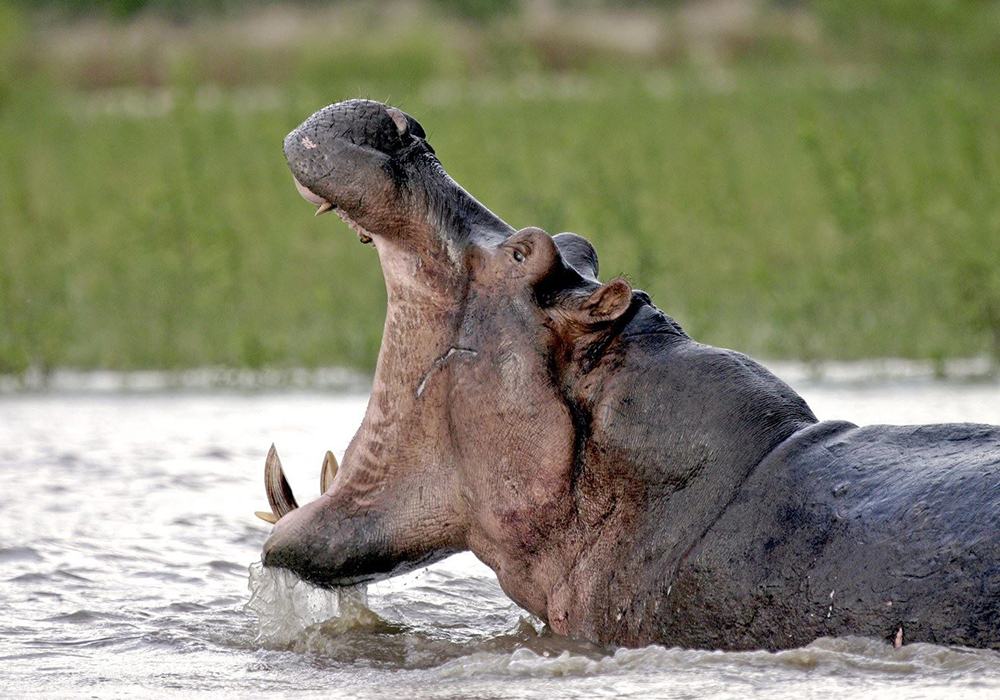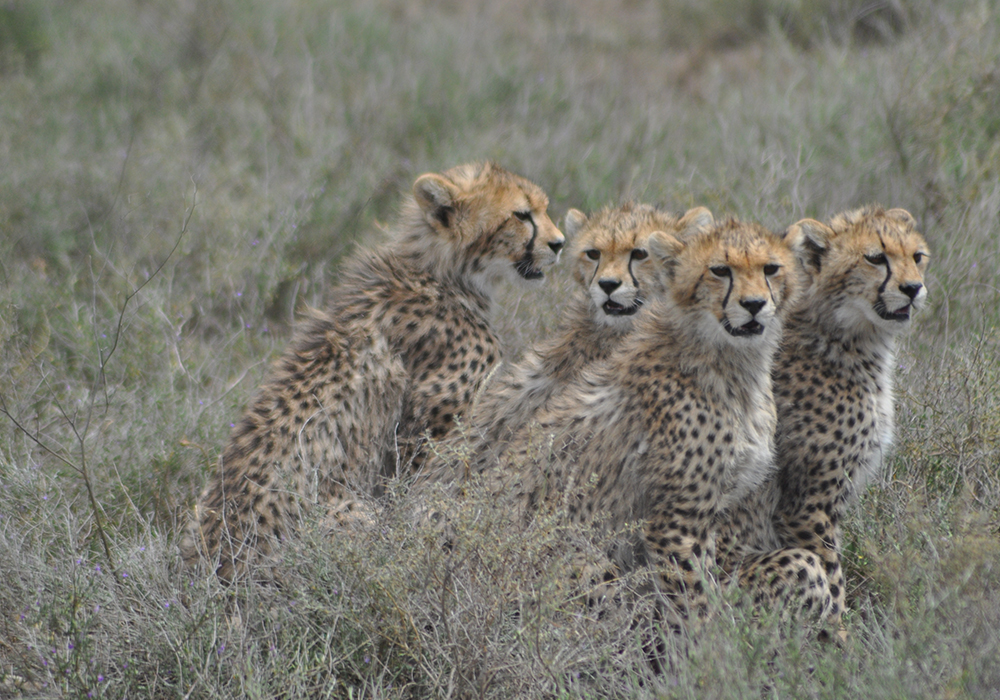HOTELS IN ZANZIBAR CITY
The top recomended Hotels in Zanzibar CityNo visit to Zanzibar would be complete without exploring the narrow, cobbled streets of Stone Town, a World Heritage Site and former capital of the main ..



Selous is by far the largest game reserve in Africa and it is also bigger than Switzerland! It was named after the famous English hunter/explorer Sir Frederick Courtney Selous who died in 1917 during WW1 in Beho Beho. Selous has many diverse habitats and the land is made up of a mixture of Miombo woodlands, rolling hills, savannahs, rocky outcrops, swamps, lakes and rivers. The majestic Rufiji River, the largest river in Tanzania, is the lifeblood of the reserve and along with a network of many tributaries, lakes, lagoons and channels, plays a vital role to the ecosystem. The Selous Game Reseve is divided into two parts. The northern Selous covers only about 5% of the reserves total area and it is purely dedicated to photographic safaris. The southern Selous is the area south of the Rufiji River and it is split up in to several hunting concessions which are leased out to professional trophy hunting companies.
When visiting Selous for a safari, visitors will travel to the northern part, which thrives with wildlife. Large concentrations of buffaloes, hippos, wildebeests, impalas, zebras, gazelles, hartebeests, giraffes, waterbucks, kudus, roan antelopes, sable antelopes and crocodiles are all found here. Selous is also home to almost 3000-4000 lions, and is considered to have half of Tanzania’s elephant population within its boundaries! In addition thereto it is also home to the endangered African wild dog and black rhino. Leopards are also very much at home here and they prefer to live in the Miombo woodlands area.
With its more than 440 species, Selous is also a perfect spot for ornithologists. The most commonly seen species are African spoonbills, white fronted bee-eaters, white headed vultures, African fish eagles, spur-winged lapwings, francolins and many more. The reserve offers a variety of activities for guest to choose from. In addition to regular game drives, visitors can go on a boat safari or walk in the footsteps of people like Hemingway during a walking safari accompanied by an armed ranger.
No visit to Zanzibar would be complete without exploring the narrow, cobbled streets of Stone Town, a World Heritage Site and former capital of the main ..
The far north coast of Zanzibar rivals the world's best beaches for absolute physical beauty. Powder white sand, fringed with coconut palms and greenish ..
A beautiful destination to quiet with unspoilt white beaches, turquoise Indian ocean waters and swayind palms, this coast has much to offer to those looking ..
The east coast of Zanzibar is lined with powder-white beaches which look out towards a long barrier reef, about a kilometre offshore. Inland there's a coastal ..
Stretches from the Michamvi Paninsula down to Kizimkazi. While each area has a distinct character and varied attractions, it is wind area and has more high ..
Pemba Island lies about 80km to the North East of Zanzibar Island, and about the same distance from the Tanzanian mainland. It is just 67km long and boast ..

